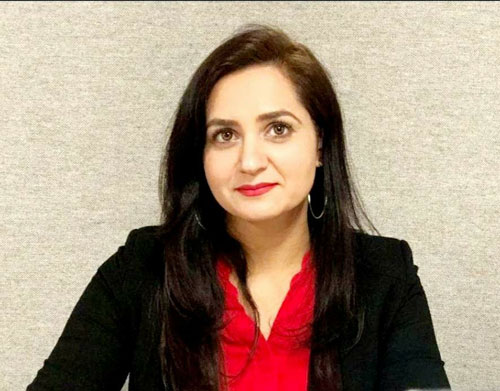Saadia Saadat
I remember when the oil prices were slashed, our Premier had tweeted that petrol price in the country has been reduced to provide relief to the general public, which brought a glimpse of happiness to the nation.
However, consumers could not reap full benefits of the reduced prices as the Government increased the petroleum levy: Rs6.79 was charged on HSD and Rs5.58 for petrol.
Last year In May the suggested price drop by Oil & Gas Regulatory Authority (OGRA) was Rs 20.68 in petrol and Rs33.94 in High Speed Diesel (HSD), but the prices were slashed only by Rs15 and Rs27.15 per litre respectively.
On the other hand the recent increase in oil prices has proved to be another bombshell on the already troubled Awam. This time OGRA suggested an increase of Re1 on Petrol and Rs10 on Diesel, but the increase was Rs5 each.
When I look back in 2018, the Brent oil price was $77.40 per barrel and in Pakistan HSD was selling at Rs.112.94 per litre, Petrol Rs.95.24 per litre. AS of 20th September 2021, oil price per Barrel was $73.59 but the approved retail price for HSD is at Rs.120.04 and Petrol at Rs 123.30.
A barrel of oil costs USD116.20, USD166.06 and USD220.73 in Pakistan, Bangladesh and India respectively.
While in Bangladesh, one litre petrol is selling for 89.00 BDT and in India one litre petrol costs INR102.2. As a general rule of thumb richer countries have higher prices and poorer countries including countries that export oil have significantly lower prices, except for the US.
Every country has access to the same international oil price but other factors which contribute to oil price differences are distance from supply, supply disruptions and operating costs.
Oil prices has a bit of domino effect on Pakistan’s economy, our cost of production increases which entails rising export prices and we lose our competitiveness in regards to our neighbouring countries; e.g. in Bangladesh export prices index is 240.50 points, India’s is 402.00 points while Pakistan Export Price Index is 901.90 points.
Not only in terms of export price indicators but we also have to deal with increased import bill and hiked energy prices, as our electricity production has an undeniable reliance on oil imports.
Since, all of our crude oil payments are made in US dollar, so any increase in import bill and a decrease in exports put a negative pressure on our currency which in turn leads to increased budget deficit.
Our trade deficit is already widening, we have seen a 48% increase in budget deficit in the just past two years.
With a surge in petrol prices, we see increased inflation and declining purchasing power parity (PPP). From 2010-2018, PPP increased almost 16% and there was a constant upward trend.
While just in the past two years we have seen a downward trend with a decrease of 3.34% from 4739.47 to 4622.77 US Dollars.
After the industrial sector, the transportation sector is the second largest economic group of petroleum consumption and has a major impact on our inflation rate.
According to a recent warning report published by OPEC on 28th September 2021, there has been a lack of investment in the oil and gas sector so there will be constricted oil supply, which would lead to price spike.
Regrettably, our inflation rate is again on the rise and by the end of FY21 the inflation rate is expected to be 9.50%.
So a real challenge lies ahead of us in the coming months. Pakistan has to plan things proactively and need to take pre-emptive measures.
International oil prices are expected to cross over $80 per Barrel even more than that, so the issue of oil crisis is just around the corner, with any increase of oil prices, everything gets disrupted and In terms of electricity production, we really need to focus on other sources and means to produce electricity.
Our neighboring countries have stronger currencies as compared to our’s, so they can absorb these changes but we have to tread very carefully.
Certainly we need to find a way to curb our inflation and stabilize the Pak Rupee, as we are once again close to touching double digit inflation rate which is not good for any economy.
—Freelance London based Columnist










